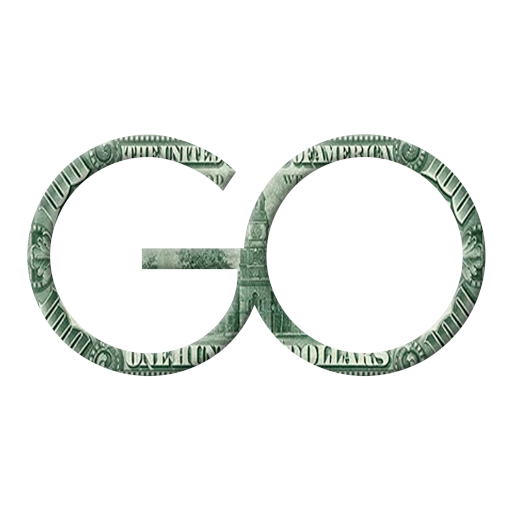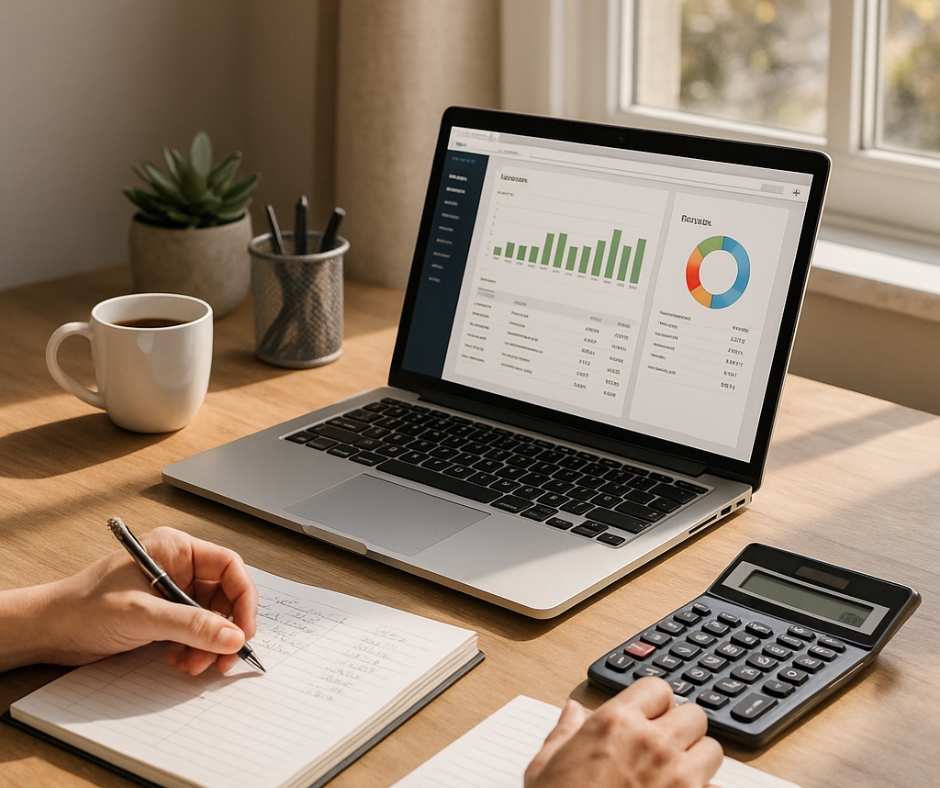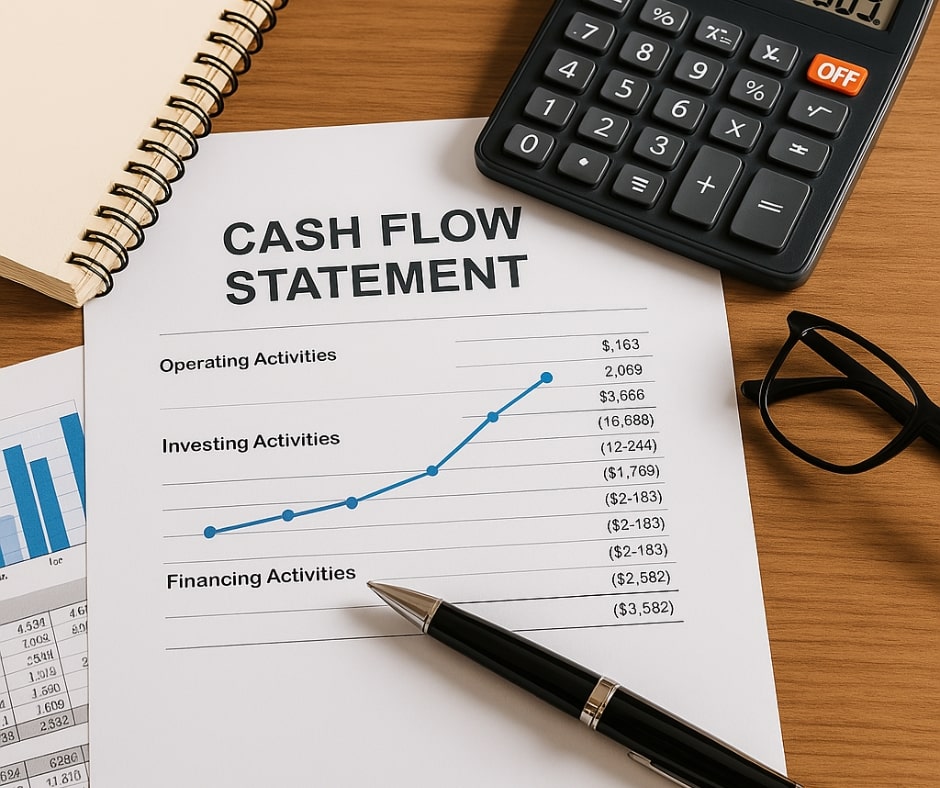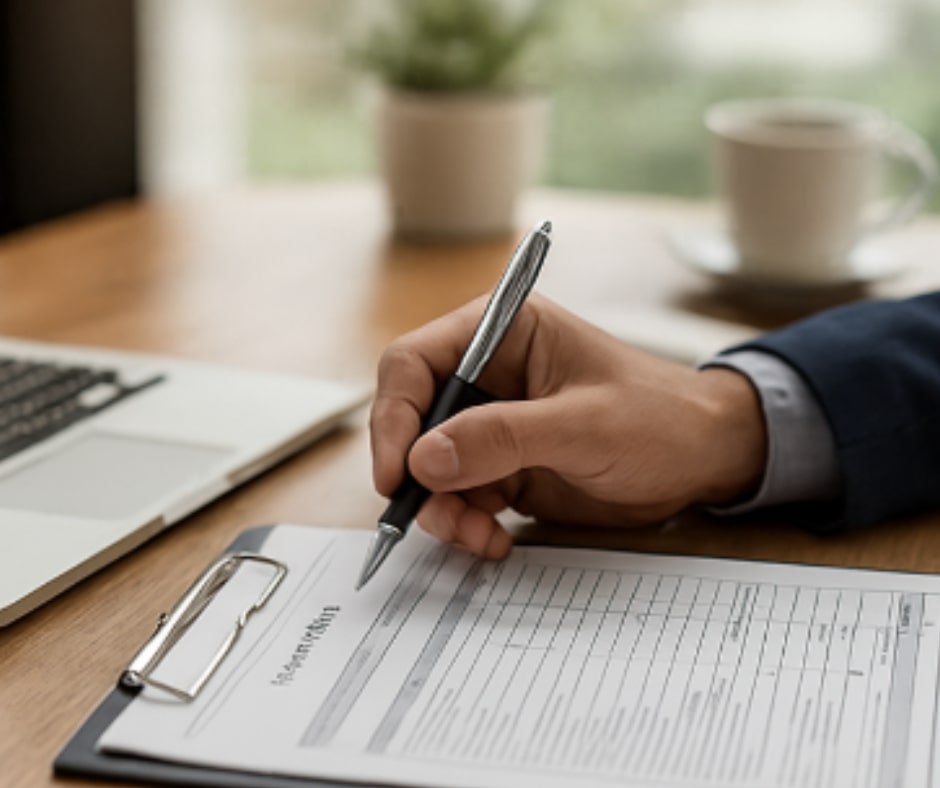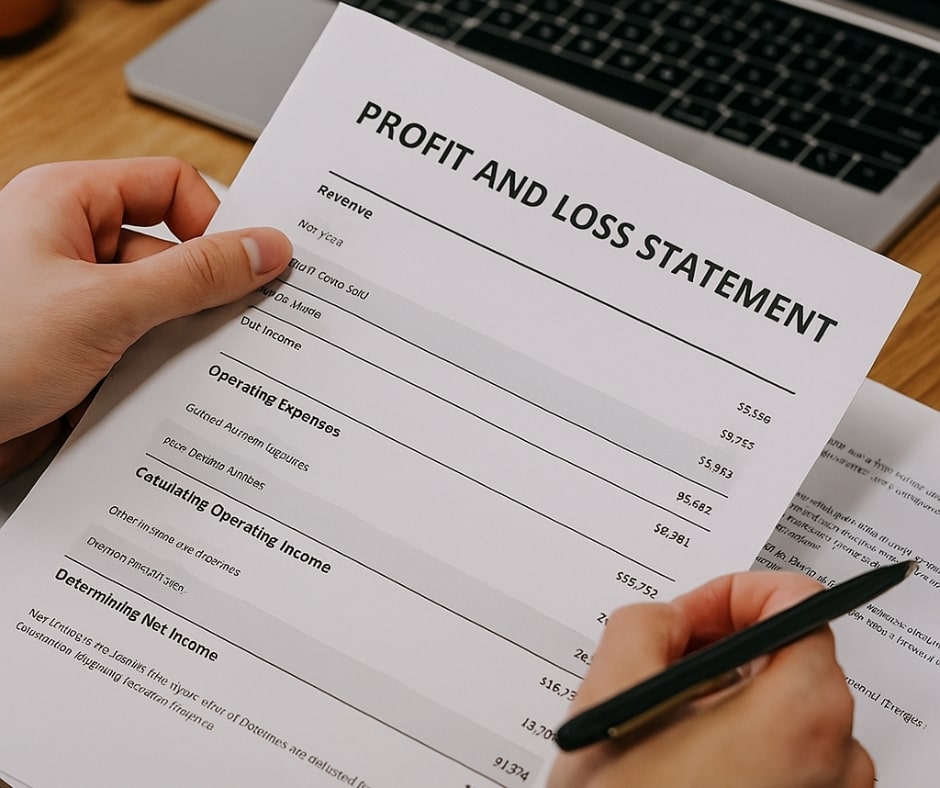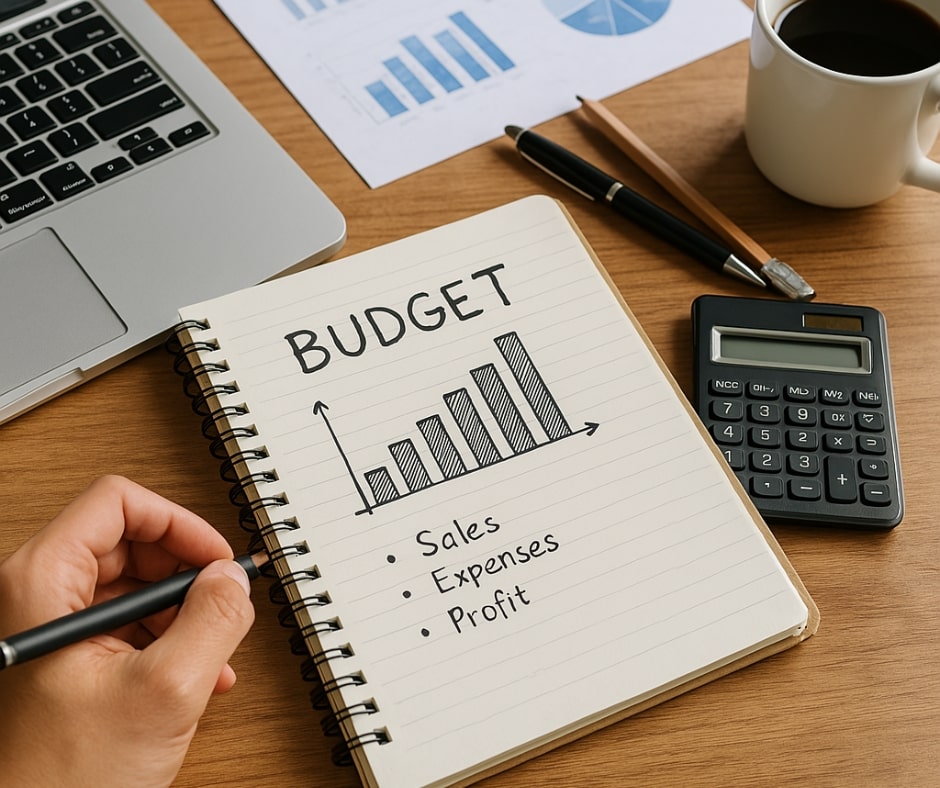Trade shows and events present a unique opportunity to showcase your brand, generate leads, and drive revenue. However, success at these events is not accidental—it requires meticulous planning, strategic execution, and a solid follow-up process. Without the right approach, you might end up with a visually appealing booth but no meaningful connections or sales. In this comprehensive guide, I’ll walk you through every step of the trade show process to ensure your business gets the highest return on investment (ROI).
1. Set Clear Goals for Success
Before you even book your booth space, define what success looks like for your business. Without specific objectives, it’s easy to lose focus and waste opportunities. Ask yourself:
- Are you aiming to generate leads, close deals on-site, or increase brand awareness?
- Do you want to establish partnerships, build your email list, or launch a new product?
- How many meaningful interactions would make the event a success?
Once you’ve defined your objectives, create measurable key performance indicators (KPIs). For example, if your goal is lead generation, set a target number of leads and track your progress throughout the event.
2. Create an Eye-Catching Booth That Commands Attention
First impressions are everything at trade shows. A well-designed booth should be visually compelling and inviting to attendees. Here’s how to design a booth that stands out:
- Branding Consistency: Use your brand colors, fonts, and logo prominently. Your booth should be an extension of your brand identity.
- Clear Messaging: Your signage should communicate who you are and what you do within seconds. Avoid clutter and ensure key messages are easy to read.
- Engaging Visuals: Large, high-quality images and digital screens can make your booth more appealing.
- Interactive Elements: Product demonstrations, touch screens, and VR experiences create engagement.
- Lighting and Layout: Bright, well-lit booths with an open layout feel welcoming and encourage people to step in.
3. Train Your Team for Maximum Engagement
Your booth staff is your front line. They must be well-trained, personable, and prepared to answer questions. Effective booth engagement includes:
- Approaching Attendees Proactively: A simple smile, eye contact, and an open-ended question can make all the difference.
- Understanding the Product or Service: Every team member should be able to explain your product’s benefits, not just features.
- Using Consultative Selling: Instead of pushing sales, focus on understanding attendee pain points and offering solutions.
- Qualifying Leads on the Spot: Not every attendee is your ideal customer. Train your team to quickly identify decision-makers and high-potential leads.
- Keeping Conversations Concise: With limited time, keep interactions brief but valuable.
4. Offer Irresistible Trade Show Promotions
Trade show attendees love exclusive deals and show-only promotions. These limited-time offers create urgency and encourage immediate action. Consider these promotional tactics:
- Special Discounts: Offer event-only pricing on your products or services.
- Bundled Packages: Create attractive deals by bundling complementary products or services.
- Giveaways: Branded merchandise, free samples, or entry into a prize drawing can attract visitors.
- Early Access: Give attendees first access to a new product or service before its public launch.
- Gamification: Use spinning wheels, QR code treasure hunts, or mini-games to incentivize participation.
5. Capture and Organize Leads Effectively
Many attendees won’t buy on the spot but may be interested later. Capturing their information is crucial. Strategies include:
- Lead Capture Software: Use tablets or mobile apps to collect contact details and notes about each lead.
- QR Codes: Create a scannable QR code that leads visitors to a landing page with an opt-in form.
- Business Card Drop: Set up a simple “drop your card to win” bowl.
- Live Polling or Surveys: Engage visitors by having them answer quick questions in exchange for a reward.
- Personalized Follow-Ups: Make notes about each lead’s specific needs to personalize follow-up messages.
6. Leverage Social Media for Real-Time Engagement
Social media can amplify your trade show presence and attract more attendees to your booth.
- Live Updates: Post real-time content on Instagram, LinkedIn, and Twitter.
- Event Hashtags: Use the official event hashtag and create a branded one for your booth.
- Behind-the-Scenes Content: Show off your setup, team interactions, and product demonstrations.
- Engagement Contests: Encourage attendees to tag your brand in their posts for a chance to win a prize.
- Live Streaming: Host short live Q&A sessions or product showcases on Facebook or Instagram Live.
7. Network Beyond the Booth
Trade shows are about more than just selling—they’re about forming strategic relationships. Make time to:
- Attend Networking Events: Join evening mixers or industry meetups.
- Connect with Influencers: Engage with industry leaders and social media influencers.
- Seek Collaborations: Look for potential partnerships with complementary businesses.
- Engage with Competitors: Understanding how competitors position themselves can help refine your own approach.
8. Implement a Strong Follow-Up Strategy
Most trade show sales happen after the event. Don’t let leads go cold. Best follow-up practices include:
- Sending a Thank You Email: Within 24-48 hours, send a personalized message thanking visitors for stopping by.
- Providing Value: Offer an additional resource, exclusive post-show discount, or a relevant case study.
- Segmenting Leads: Separate hot leads from those needing nurturing and tailor your communication accordingly.
- Scheduling Follow-Up Calls: If someone expressed serious interest, schedule a call or demo within a week.
- Retargeting Ads: Use email and social media ads to stay top-of-mind for leads who engaged with you.
9. Analyze Performance for Future Success
After the event, conduct a full review:
- Assess KPIs: How many leads did you generate? What were your conversion rates?
- Evaluate Booth Performance: Did your design and engagement tactics attract enough visitors?
- Gather Feedback: Ask your team and customers what worked and what could be improved.
- Document Key Takeaways: Keep a record of what strategies performed well so you can refine them for the next event.
Final Thoughts
Maximizing sales at trade shows requires more than just showing up—it demands strategic planning, active engagement, and consistent follow-ups. By setting clear goals, designing a compelling booth, training your team effectively, and leveraging technology, you can turn trade show opportunities into significant business growth. Implement these strategies, and your next trade show will not only be a success but a sales-driving powerhouse!
